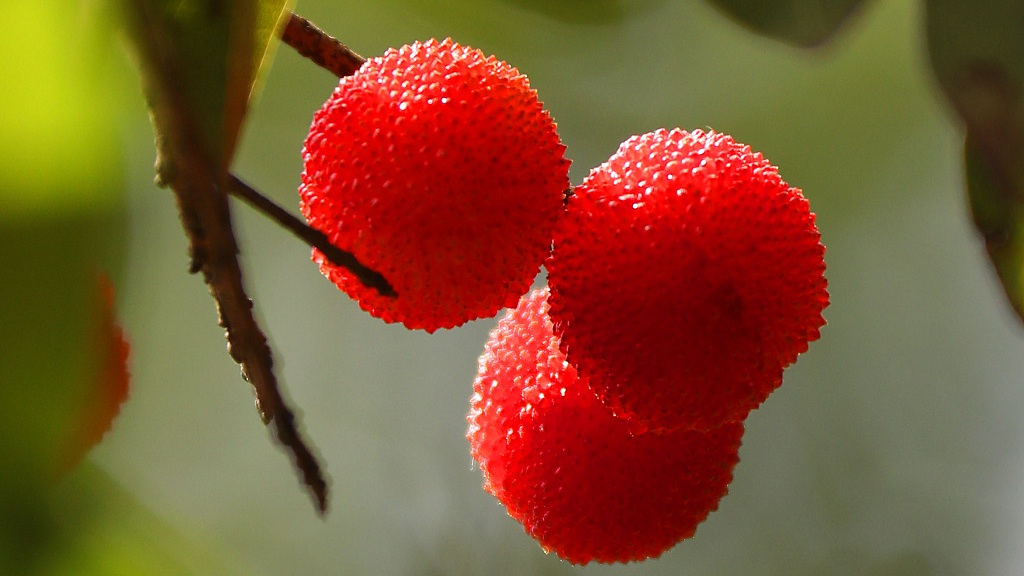
Chinese bayberry. /VCG Photo
Chinese bayberry. /VCG Photo
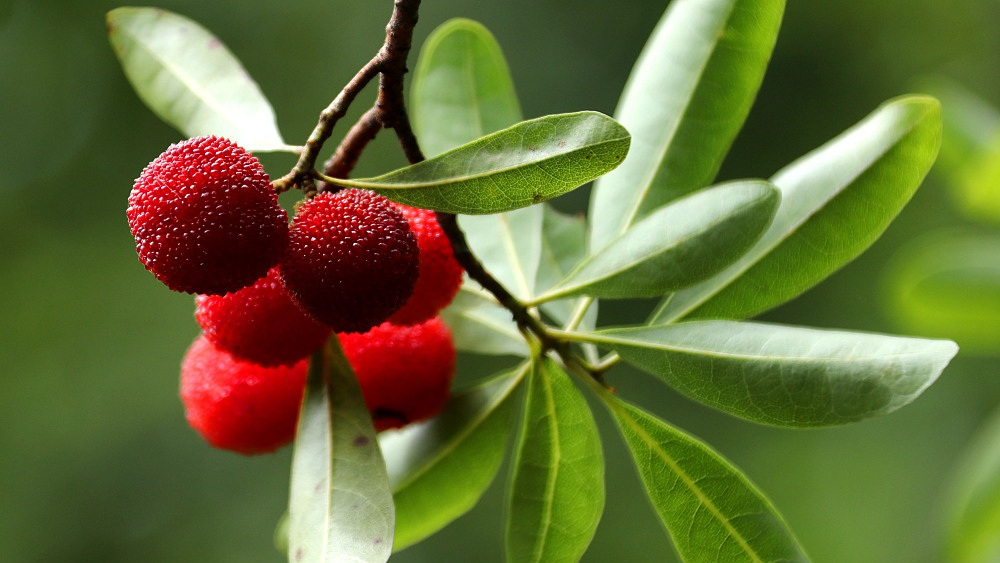
Chinese bayberry. /VCG Photo
Chinese bayberry. /VCG Photo
When holding this crimson little fruit in your palm, you can feel the softness and the juicy pulp trying to burst out. Then you might wonder, what is this drooly thing?
This is the Chinese bayberry, a fruit that originated and was cultivated in China for more than 7,000 years. It was first discovered in eastern China's Zhejiang Province at the ruins of one of China's earliest civilization, the Neolithic Hemudu culture (5,500 BC to 3,300 BC).

Chinese bayberry. /VCG Photo
Chinese bayberry. /VCG Photo
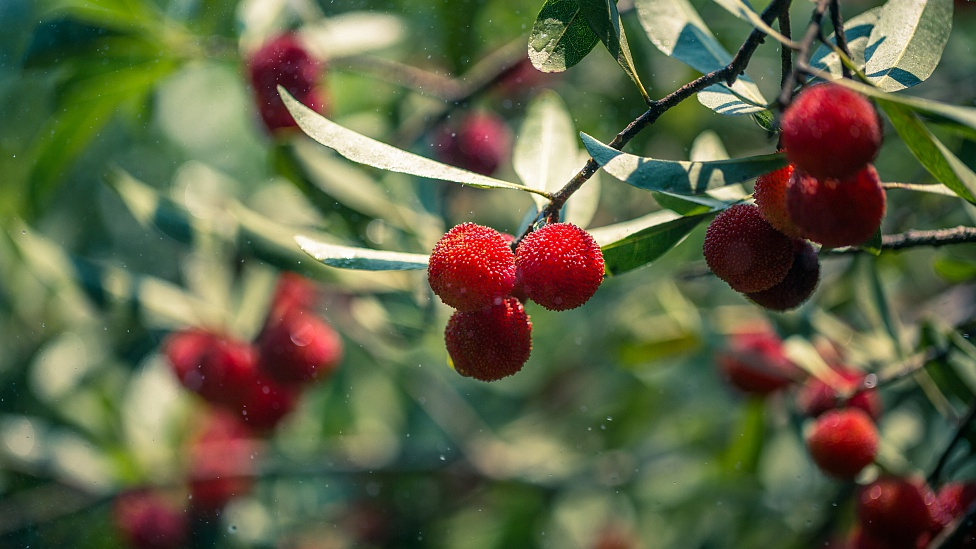
Chinese bayberry. /VCG Photo
Chinese bayberry. /VCG Photo
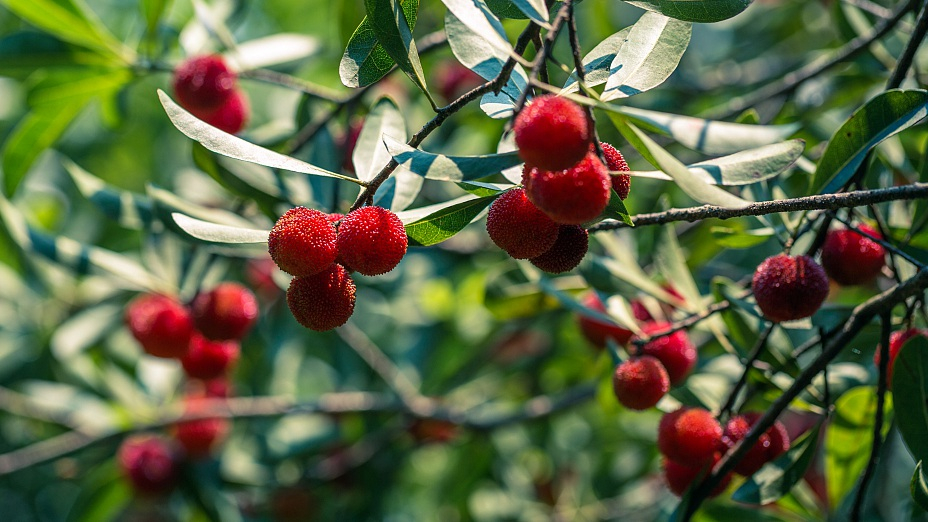
Chinese bayberry. /VCG Photo
Chinese bayberry. /VCG Photo
The tree of the Chinese bayberry is usually around 15 meters tall and is an evergreen. It likes the subtropical climate south of the Yangtze River in east and southeast China.
The flowers of Chinese bayberry bloom in April and the fruit comes later in June and July.
It is hard to preserve the Chinese bayberry after it is picked. Therefore it is often processed into other dried products, juice and wine.
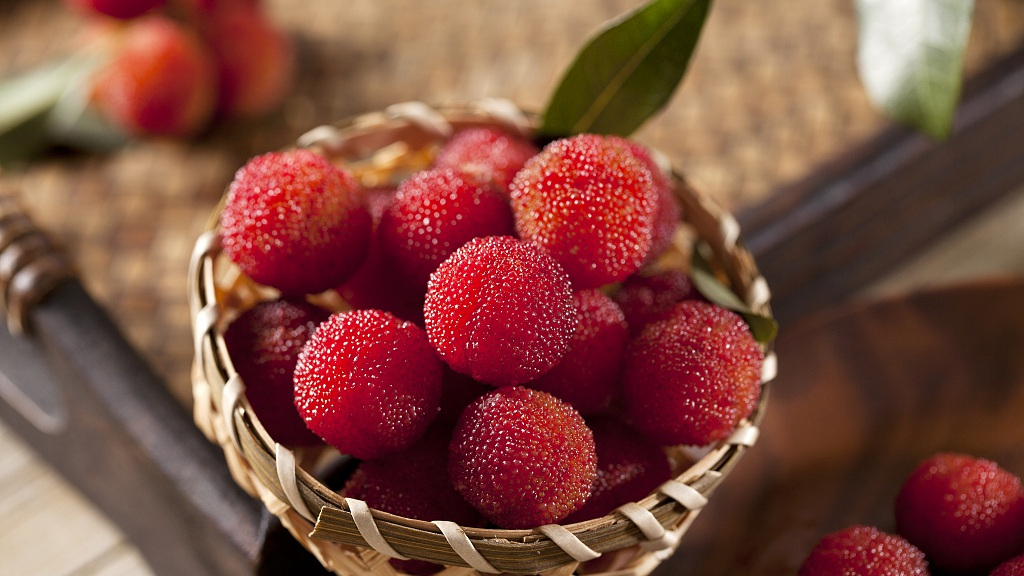
Chinese bayberry is one of the most popular summer fruit in China. /VCG Photo
Chinese bayberry is one of the most popular summer fruit in China. /VCG Photo
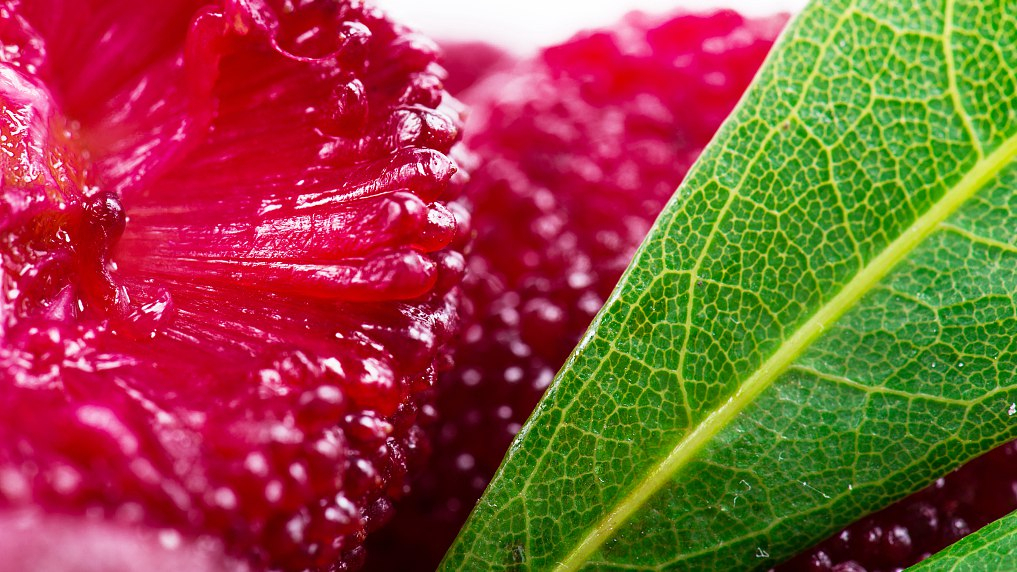
Close up of the pulp of Chinese bayberry. /VCG Photo
Close up of the pulp of Chinese bayberry. /VCG Photo
The best type of Chinese bayberry is cultivated in Zhejiang Province's Xianju County, and is referred to as the "Dongkui berry." Normally, Chinese bayberry is around 1.5 centimeters in diameter, but a single Dongkui berry can grow as big as a ping pong ball and weighs around 20 grams.
China's Flora Tour
From the wetlands along the coast to the dense rainforests hidden in the southwest, China boasts an array of plant species. In this series, CGTN goes on a tour to learn about some of the most iconic flora in different provinces and see how they live in harmony with the local climate and topography.
(Cover photo via VCG, designed by CGTN's Du Chenxin)
(If you want to contribute and have specific expertise, please contact us at nature@cgtn.com)